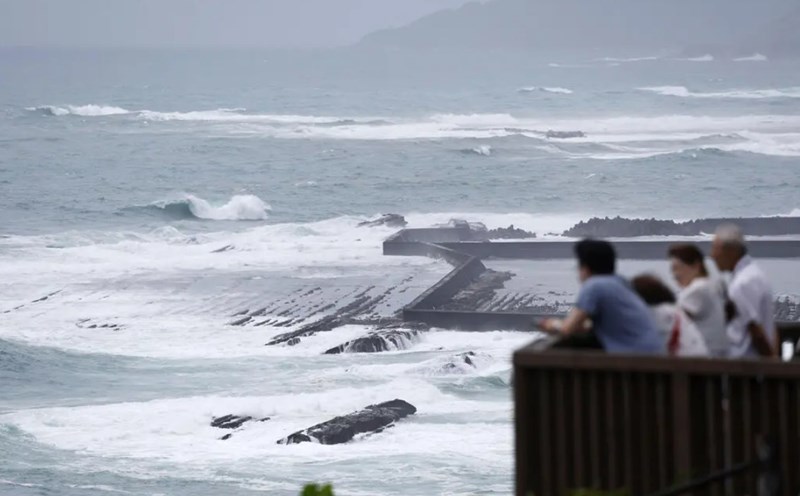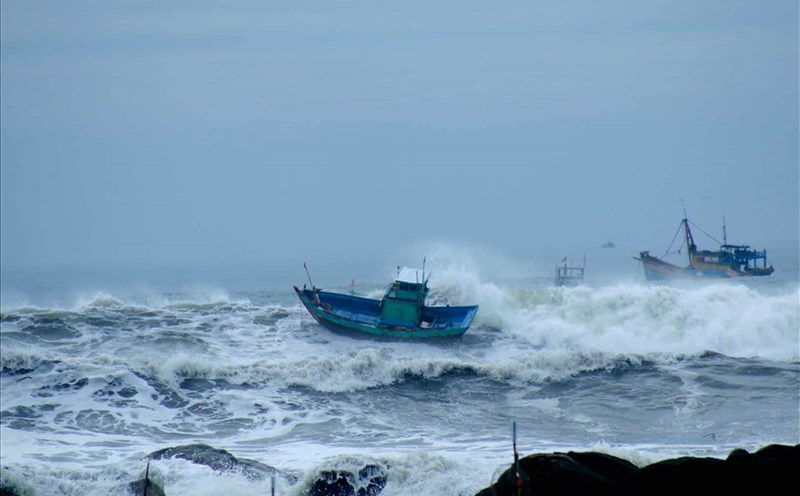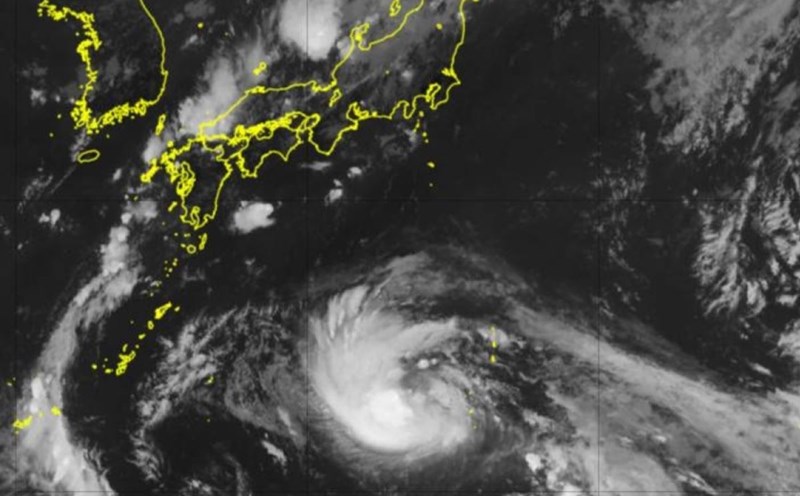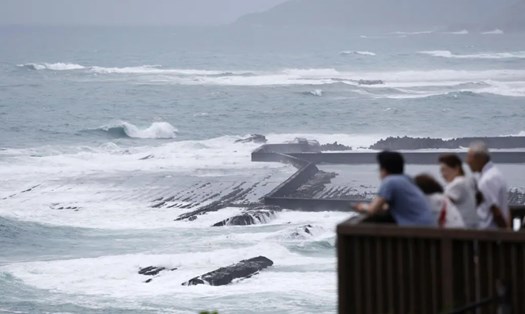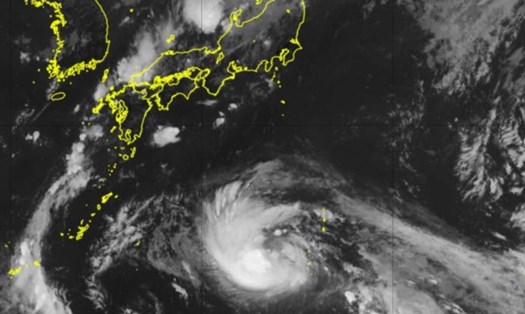According to the latest storm forecast, the activity of storms and tropical depressions will increase significantly in the near future due to major changes in weather patterns.
Specifically, according to forecasts of the Philippine Atmospheric, Geophysical and Astronomical Services Administration (PAGASA), East Asia will record a series of weather systems next week.
Typhoon Shanshan is expected to make landfall in southern Japan on August 28. Next, a low pressure area may form in the area near the East Sea on August 29, moving out of the Philippine Forecast Area (PAR) on August 31.
At the same time, another low pressure area is expected to form east of the Philippines on August 29, entering the PAR area on August 30 before disintegrating early next week.
PAGASA also forecasts that in the week of September 2-8, another low pressure area is likely to form in the north of the forecast area, but is unlikely to strengthen into a storm.
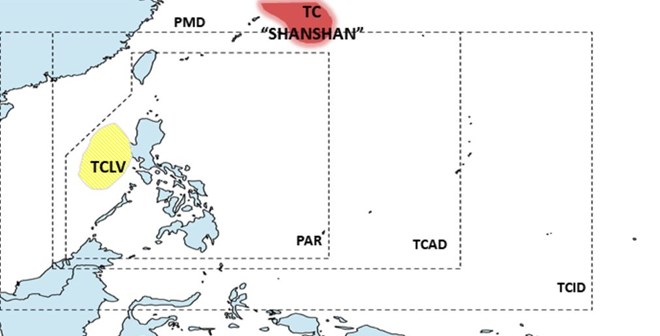
Meanwhile, in the Atlantic basin, AccuWeather experts predict storm activity will "accelerate" significantly. It is forecast that 6-10 storms will appear in September 2024, with storm activity increasing from the end of August and lasting until September. Notably, there is a possibility of many storms and tropical depressions appearing at the same time. .
Hurricane season is predicted to continue throughout October and possibly into November. In total, AccuWeather predicts there will be 20-25 named storms during this year's Atlantic hurricane season.
Faced with this situation, airlines have begun to make adjustments in their operating plans. Notably, Vietnam Airlines has announced an adjustment to its flight schedule due to the impact of Typhoon Shanshan in Japan from August 26 to August 28, including flights from Ho Chi Minh City and Da Nang to Japan, as well as flights from San Francisco to Ho Chi Minh City.
In particular, on the night of August 27 and the morning of August 28, the storm may affect flights taking off and landing at Fukuoka International Airport and Kansai International Airport.
In this context, tourists need to be extremely cautious and flexible in their travel plans. Experts recommend that travelers regularly monitor weather forecasts and storm warnings from authorities, check and update flight information regularly, and prepare a backup plan for the trip. travel, including the possibility of delay or cancellation.
For those in coastal areas or islands, heed evacuation warnings and follow local government instructions.
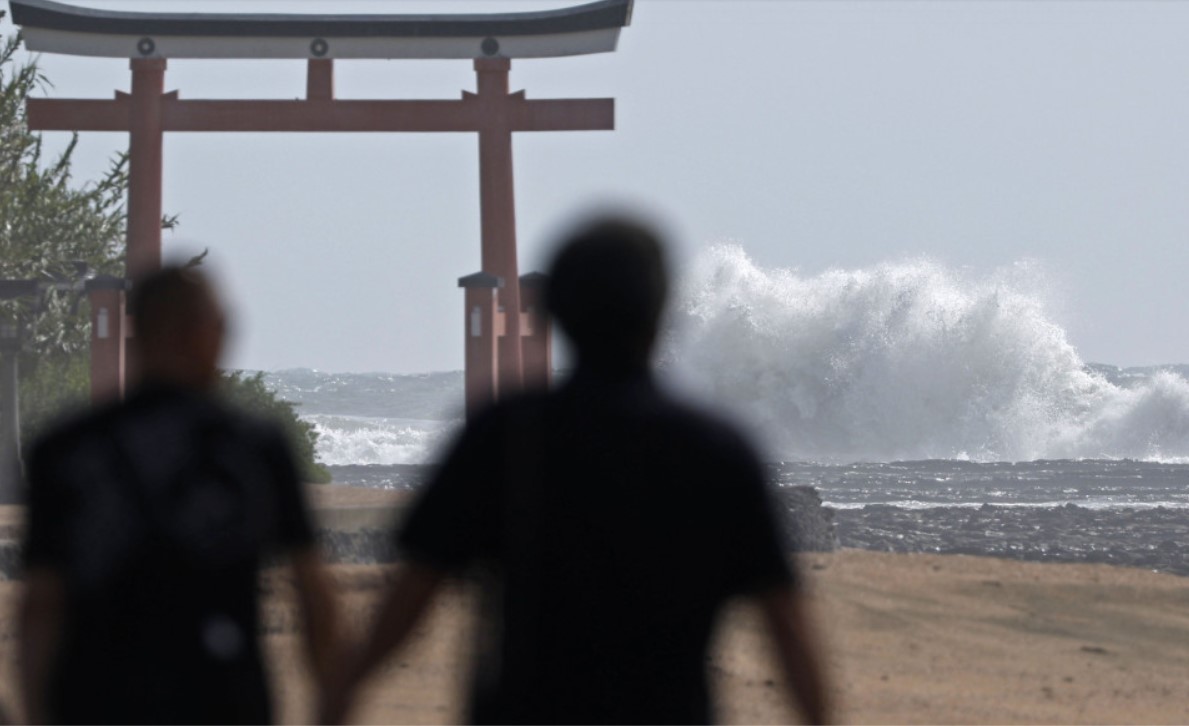
In addition, visitors should always carry necessary items such as flashlights, spare batteries, drinking water and dry food in case of emergency. Avoid outdoor activities and near the sea when there is a storm warning.
Purchasing travel insurance that includes trip cancellation insurance is also a measure of financial protection in case the trip is affected by bad weather.
Storm season is entering its peak period, regularly updating information and following instructions will help ensure a safe trip during this storm season. Authorities and airlines will continue to closely monitor the situation and issue timely notifications to ensure the safety of passengers and people in the area.

